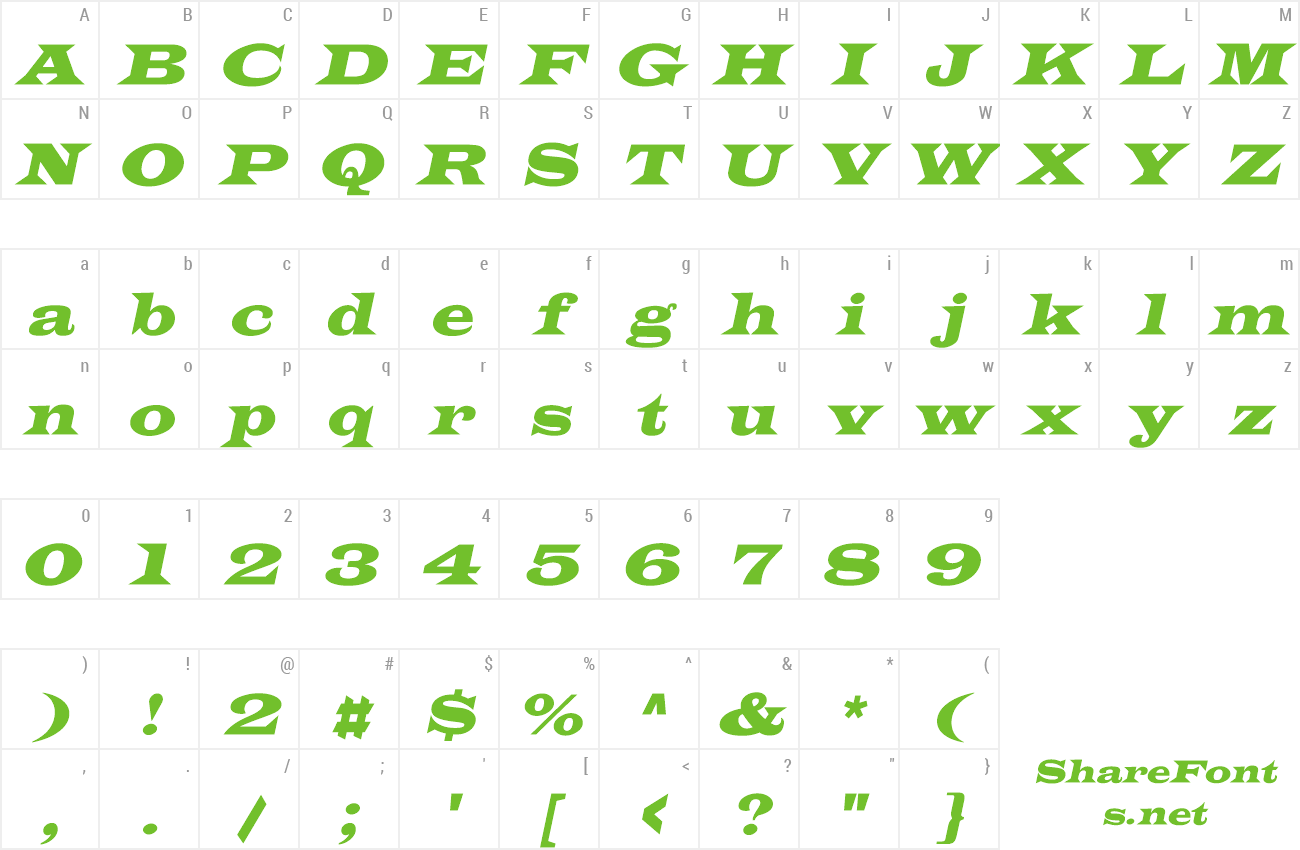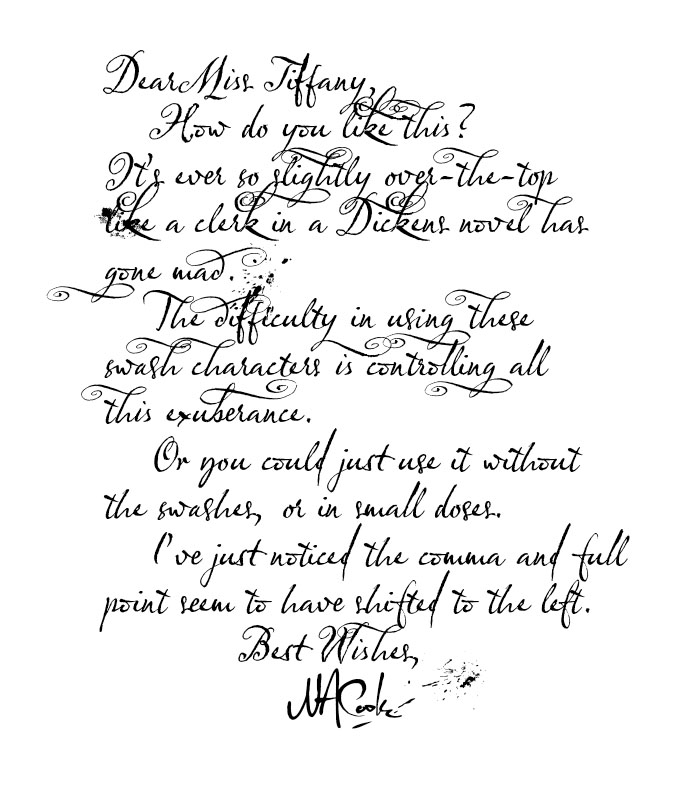

Its actual origin remains obscure, but some have suggested that it may derive from a fusion of caret and macron. The Unicode Consortium explicitly states that the reason for this is unknown, but its earliest known use was in the United States Government Printing Office Style Manual of 1967, and it was later used in character sets such as DIN 31624 (1979), ISO 5426 (1980), ISO/IEC 6937 (1983) and ISO/IEC 8859-2 (1985).

The term caron is used in the official names of Unicode characters (e.g., "LATIN CAPITAL LETTER Z WITH CARON"). Pullum's and Ladusaw's Phonetic Symbol Guide (Chicago, 1996) uses the term wedge. Linguistics more often uses haček (with no long mark ), largely due to the influence of the Prague School (particularly on Structuralist linguists who subsequently developed alphabets for previously unwritten languages of the Americas). 3.6 Other transcription and transliteration systemsĭifferent disciplines generally refer to this diacritic mark by different names.The caron is not to be confused with the breve (◌̆), which has a curved bottom, while the caron is pointed (see illustration). The latter form is often preferred by Czech designers for use in Czech, while for other uses the symmetrical form tends to predominate, as it does also among sans-serif fonts. For serif typefaces, the caron generally has one of two forms: either symmetrical, essentially identical to a rotated circumflex or with the left stroke thicker than the right, like the usual serif form of the letter "v" (but without serifs).

The caron is shaped approximately like a small letter "v". It is also used to decorate symbols in mathematics, where it is often pronounced / ˈ tʃ ɛ k/ ("check"). When placed over vowel symbols, the caron can indicate a contour tone, for instance the falling and then rising tone in the Pinyin romanization of Mandarin Chinese. In Salishan languages, it often represents a uvular consonant ( x → x̌ → ). In most Slavic and other European languages it indicates present or historical palatalization ( e → ě → ), iotation, or postalveolar articulation ( c → č → ). The use of the caron differs according to the orthographic rules of a language.

The symbol is common in the Baltic, Slavic, Finnic, Samic and Berber languages. A caron ( / ˈ k ær ən/), háček or haček ( / ˈ h ɑː tʃ ɛ k/, / ˈ h æ tʃ ɛ k/ or / ˈ h eɪ tʃ ɛ k/ plural háčeks or háčky) also known as a hachek, wedge, check, kvačica, strešica, mäkčeň, varnelė, inverted circumflex, inverted hat, flying bird, inverted chevron, is a diacritic mark (◌̌) commonly placed over certain letters in the orthography of some languages to indicate a change of the related letter's pronunciation.


 0 kommentar(er)
0 kommentar(er)
